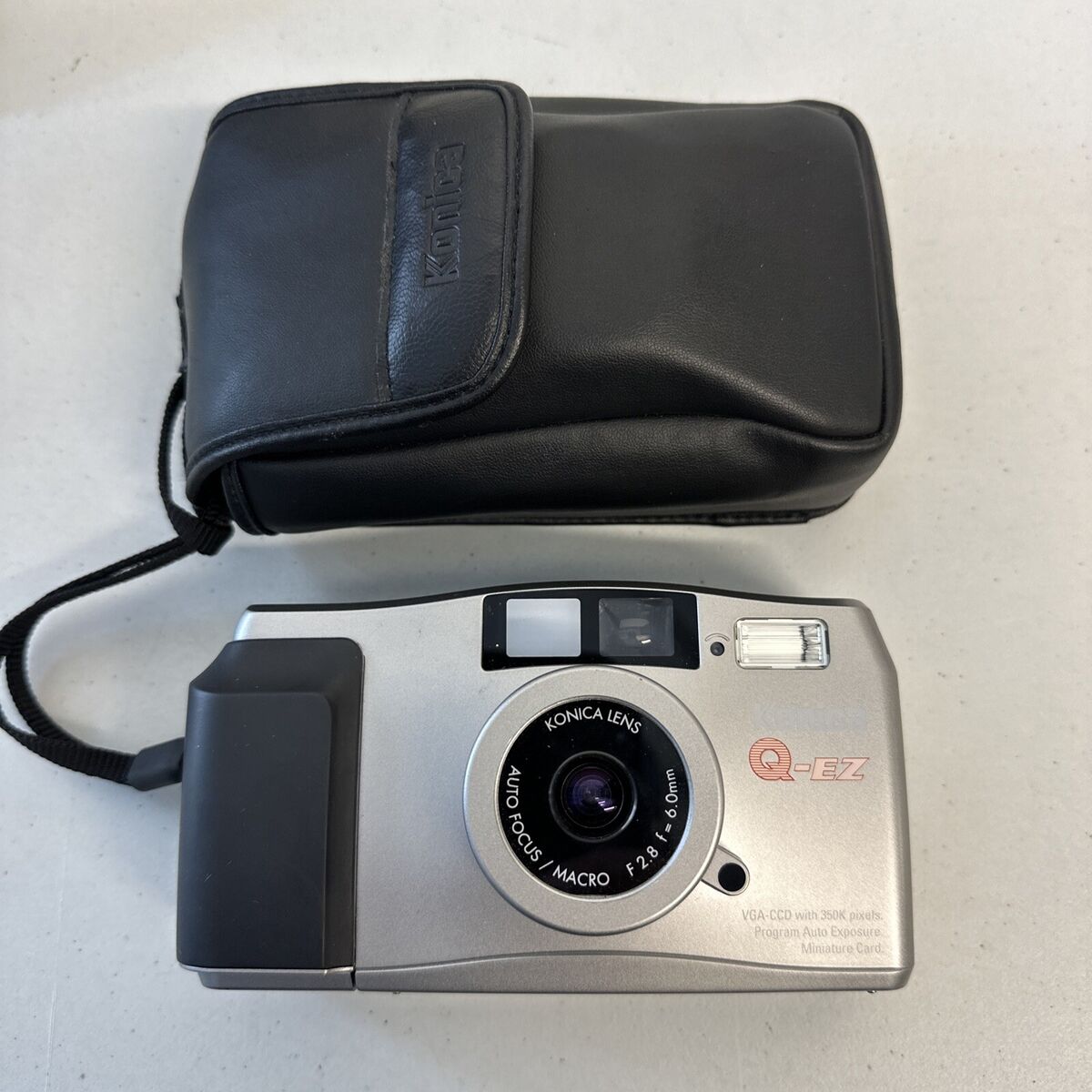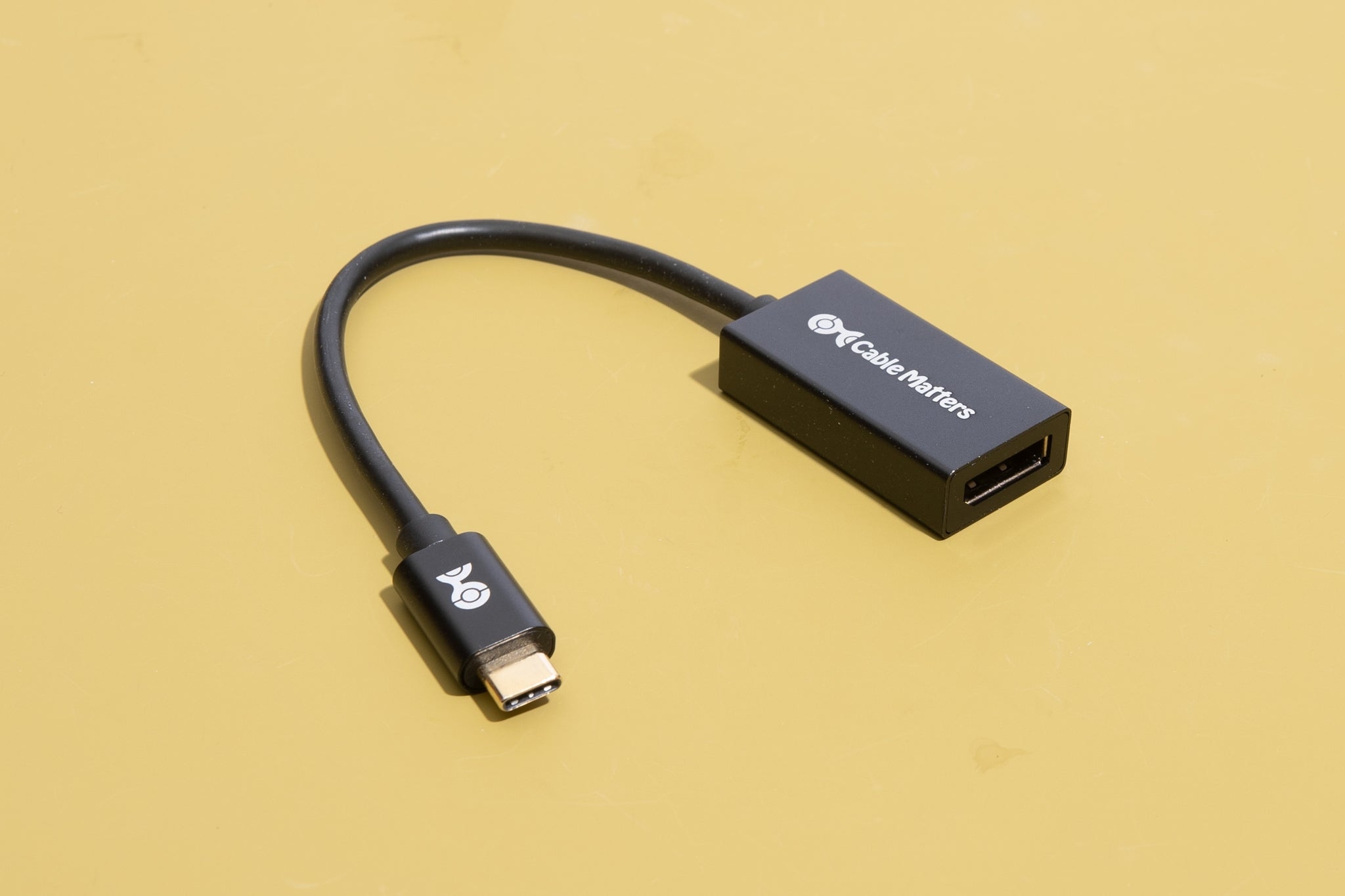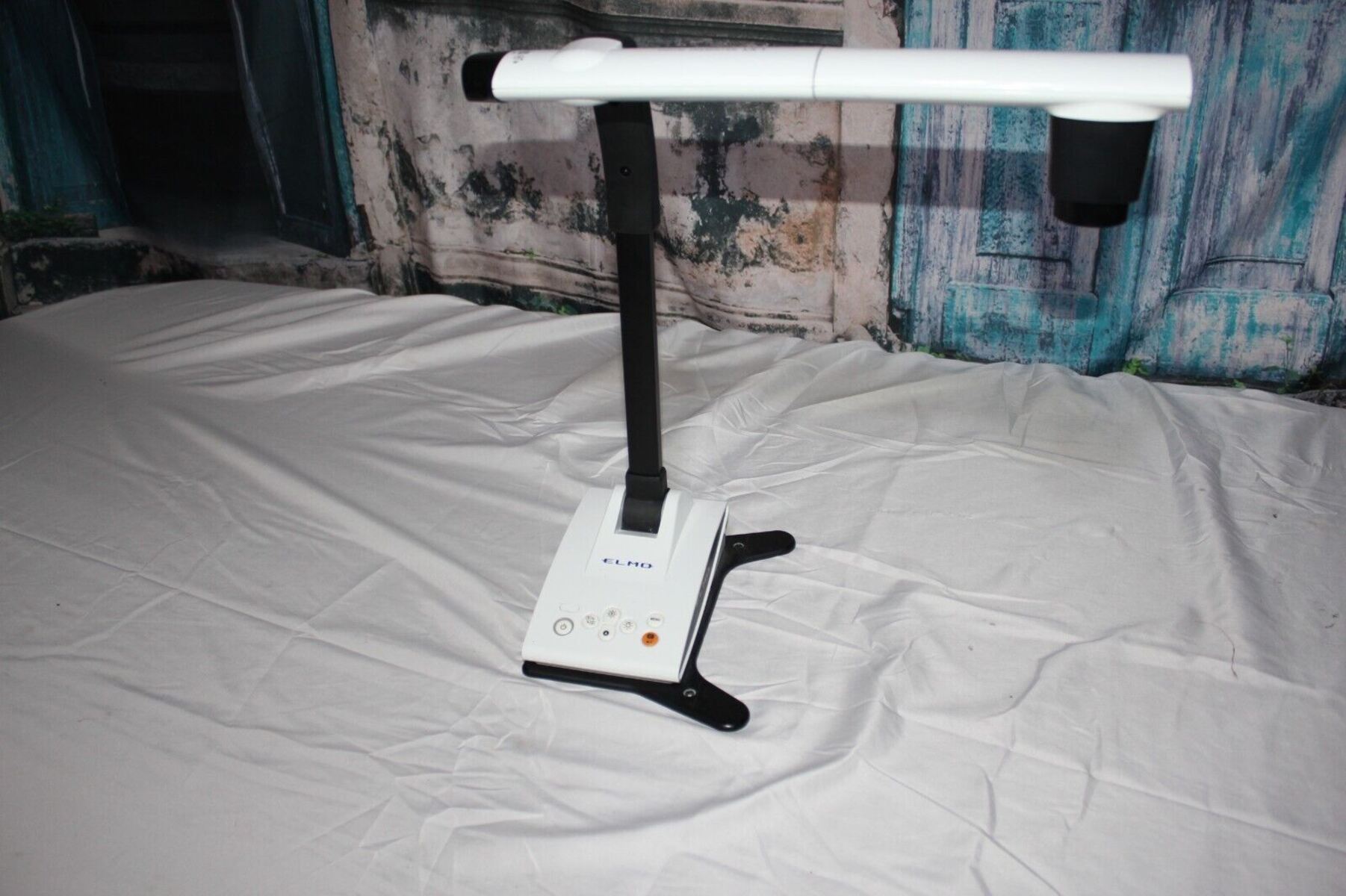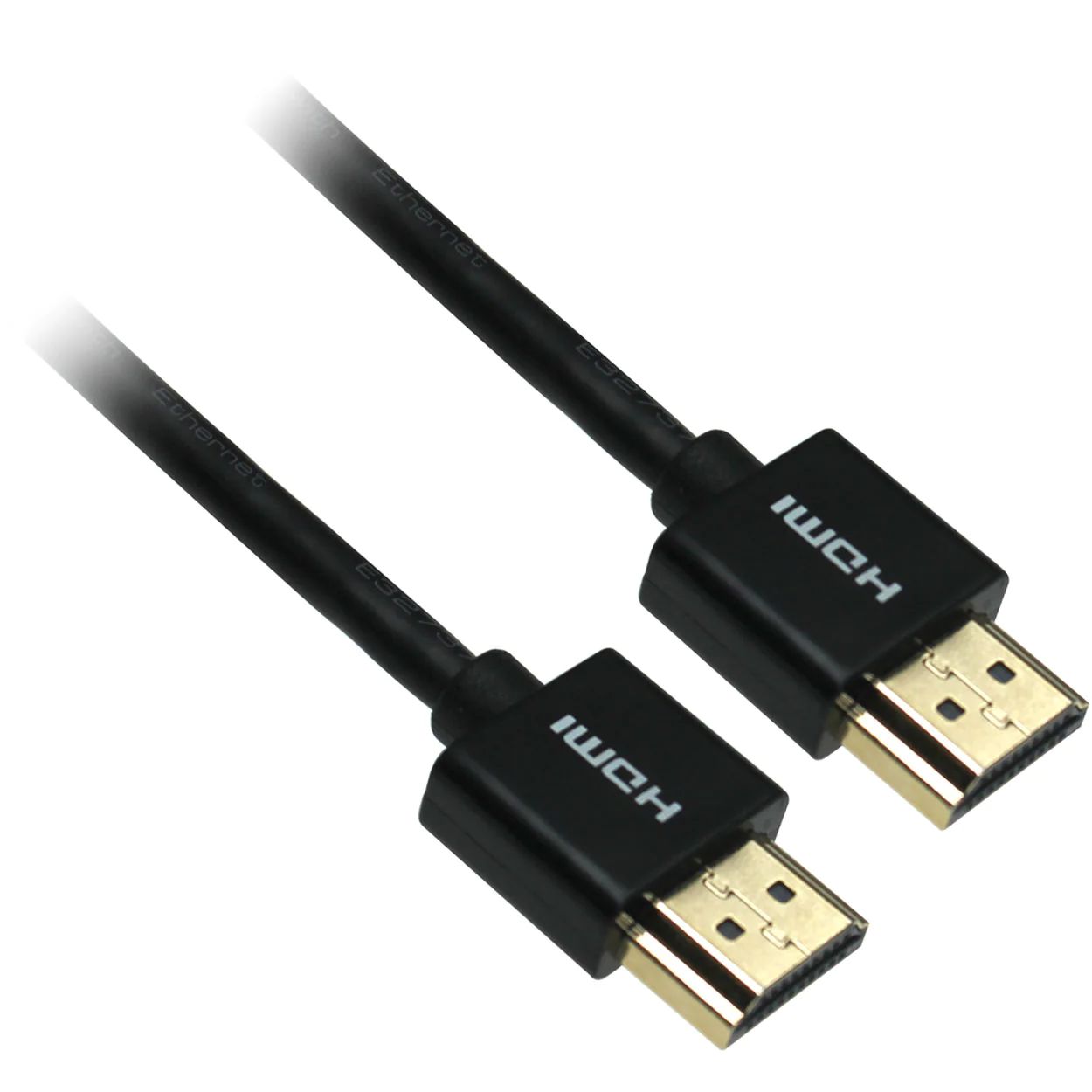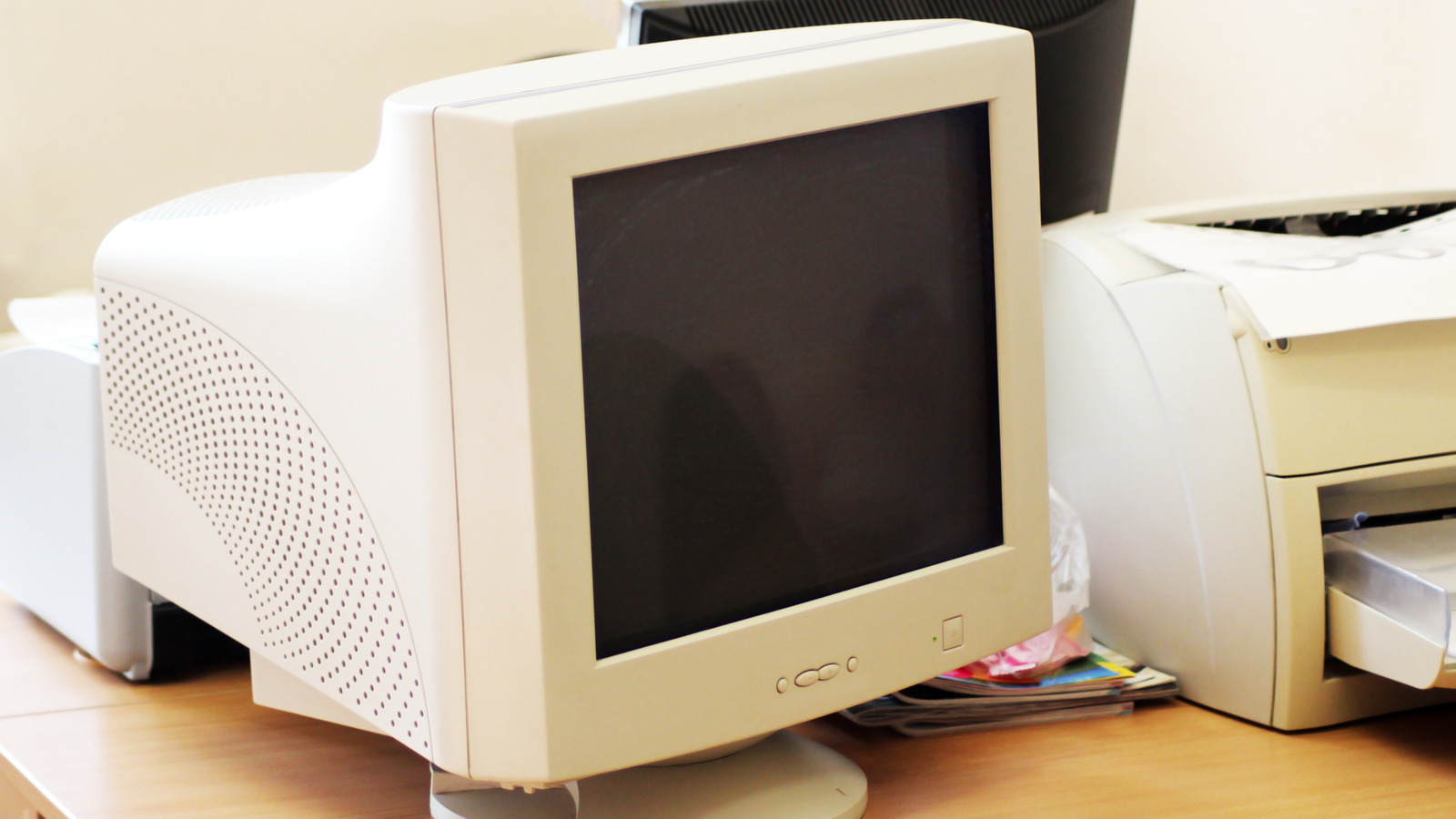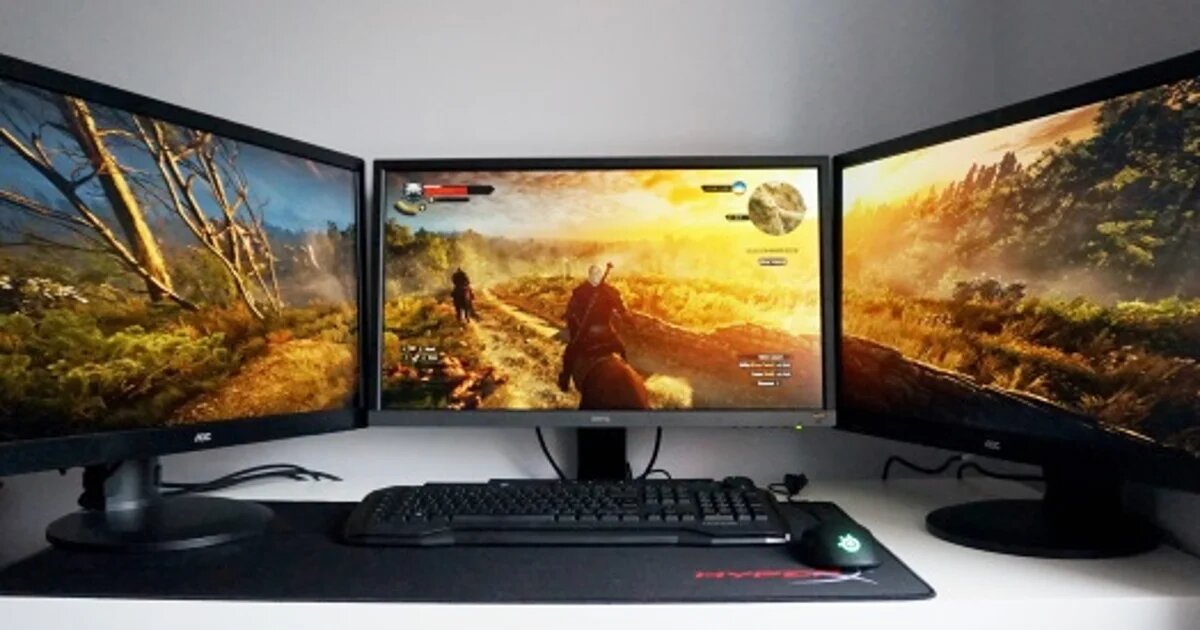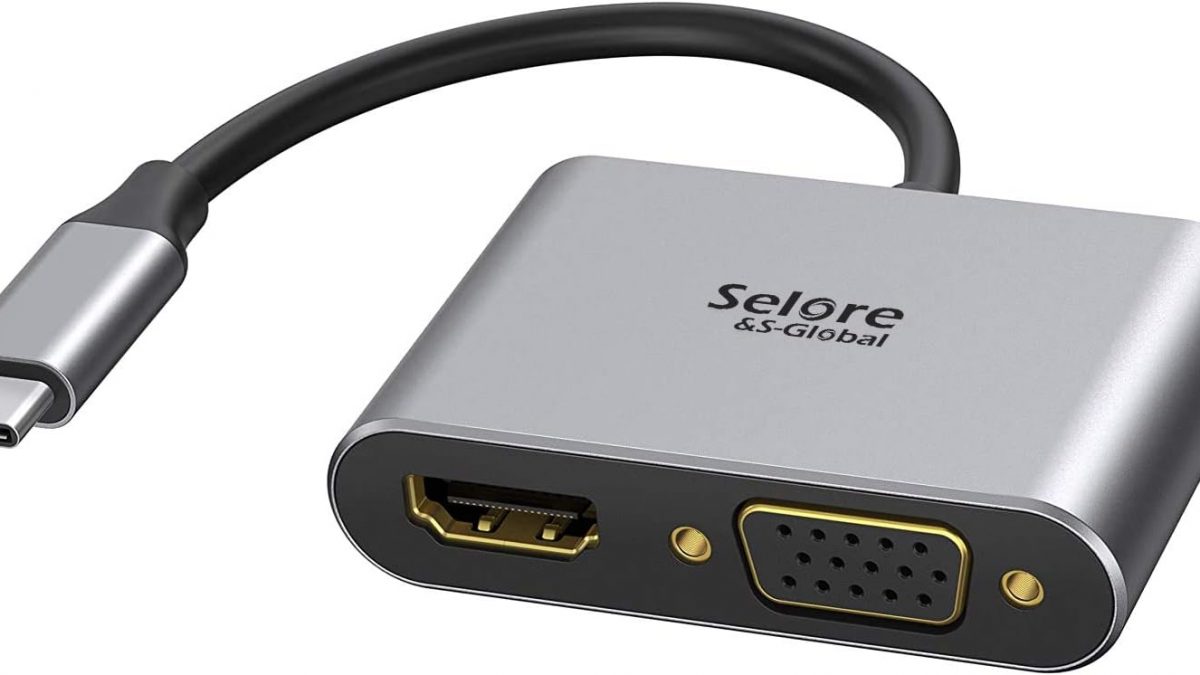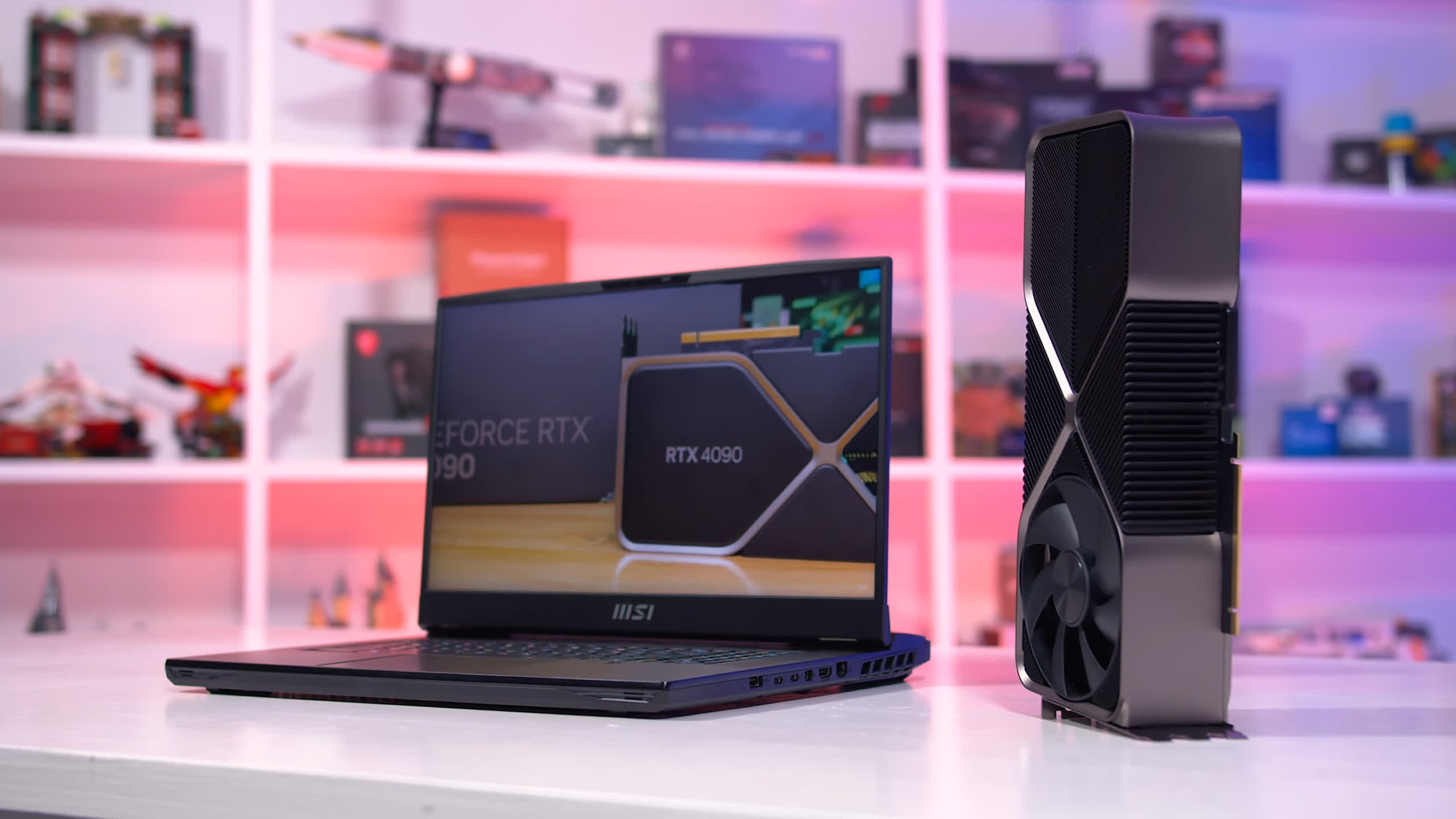Introduction
Welcome to the world of digital photography, where advancements in technology have revolutionized the way we capture and preserve our precious memories. Among the various types of digital cameras available, VGA digital cameras hold a significant place.
VGA, which stands for Video Graphics Array, refers to the resolution of the camera sensor. It is a standard that has been widely adopted in the industry, offering an affordable and accessible option for photography enthusiasts and casual users alike.
In this article, we will delve into the world of VGA digital cameras, exploring what they are, how they work, their advantages and limitations, applications, and the factors to consider when choosing the right one for your needs.
Whether you are a beginner looking to dip your toes into digital photography or a seasoned photographer seeking a reliable and budget-friendly alternative, understanding VGA digital cameras will equip you with the necessary knowledge to make an informed decision.
We will explore the features, capabilities, and considerations that come with these cameras, guiding you through the process so that you can capture stunning images with confidence.
What Is a VGA Digital Camera
A VGA digital camera is a type of digital camera that captures images and videos with a resolution based on the Video Graphics Array standard. VGA resolution typically refers to an image size of 640 by 480 pixels, which is a common resolution for many digital cameras.
This resolution may seem low compared to the higher resolutions offered by modern cameras, but VGA cameras still have their place in the market. They are often more affordable and suitable for those who have basic photography needs or are just starting their photography journey.
VGA digital cameras are equipped with sensors that capture light and convert it into digital signals. These signals are then processed by the camera’s image processor to create the final image or video file.
One of the defining features of VGA digital cameras is their simplicity and ease of use. They offer straightforward controls and settings, making them ideal for beginners who want to learn the basics of photography without getting overwhelmed by advanced features.
Furthermore, compared to cameras with higher resolutions, VGA digital cameras require less storage space for images and videos. This can be advantageous if you have limited storage capacity or if you don’t require high-resolution images for your intended purpose.
Overall, while VGA digital cameras may not offer the same level of image quality and detail as higher-resolution cameras, they are still capable of capturing satisfactory images for everyday use.
Next, we will dive deeper into the intricacies of VGA resolution and discuss its advantages and limitations in more detail. Understanding these aspects will help you determine whether a VGA digital camera is suitable for your photography needs.
VGA Resolution Explained
Resolution refers to the number of pixels contained in an image or video. In the case of VGA resolution, it stands for Video Graphics Array and has become a standard resolution in the digital camera industry.
VGA resolution typically refers to an image size of 640 by 480 pixels. This means that an image captured by a VGA digital camera will have a total of 640 pixels in width and 480 pixels in height. The total number of pixels in the image is determined by multiplying these two dimensions, resulting in a total of 307,200 pixels.
While VGA resolution may not offer the same level of detail and sharpness as higher resolutions, it still provides acceptable quality for many applications. For example, VGA resolution is often sufficient for displaying images and videos on computer screens or mobile devices.
However, it’s important to note that VGA resolution may not be suitable for scenarios that require precise and high-quality images, such as professional photography or printing large-sized photographs. In such cases, higher resolution cameras are recommended.
Another aspect to consider is the aspect ratio, which determines the proportion between the width and height of an image. VGA resolution typically has a 4:3 aspect ratio, which means that the width of the image is 1.33 times its height. This aspect ratio is standard for many computer screens and older televisions.
As technology continues to advance, higher resolution options such as HD (High Definition), Full HD, and 4K have become more prevalent. These resolutions offer increased levels of detail and clarity, but they also come at a higher cost.
Ultimately, the choice of resolution depends on your specific needs and budget. VGA resolution can still serve its purpose in various applications, particularly for those who require an affordable and accessible option for casual photography.
Now that we have a better understanding of VGA resolution, let’s explore the advantages and limitations of VGA digital cameras in the next section.
Advantages of VGA Digital Cameras
VGA digital cameras offer several advantages that make them appealing to a wide range of users. Let’s explore some of these advantages below:
1. Affordability: One of the significant advantages of VGA digital cameras is their affordability. They are often priced lower compared to cameras with higher resolutions, making them an excellent option for those on a budget or beginners who want to learn the basics of photography without investing too much initially.
2. Compact and Lightweight: VGA digital cameras are usually compact and lightweight, making them easily portable. Whether you’re traveling or just capturing everyday moments, their small size allows for convenient carrying and handling.
3. Simplicity and User-Friendliness: VGA digital cameras typically have straightforward controls and easy-to-use settings, making them ideal for beginners or those who prefer a simplified photography experience. The user-friendly interface allows for quick and hassle-free access to essential features and functions.
4. Good Image Quality for Everyday Use: While VGA resolution may not deliver the highest level of detail, it is still suitable for everyday photography needs. VGA digital cameras can capture clear and satisfactory images, which are more than sufficient for social media sharing or personal use.
5. Lower Storage Requirements: VGA images take up less storage space compared to higher-resolution images. This can be particularly advantageous if you have limited storage capacity or when dealing with large volumes of images. It allows you to store more images on your camera’s memory card or computer without worrying about running out of space quickly.
6. Longer Battery Life: Due to their lower-resolution sensors, VGA digital cameras consume less power, resulting in longer battery life. This can be beneficial, especially when you’re on the go and don’t have immediate access to charging points.
Overall, the advantages of VGA digital cameras make them a practical choice for those who prioritize affordability, simplicity, and portability. While they may not provide the highest image quality or have advanced features, VGA digital cameras excel in capturing everyday moments with ease and convenience.
Limitations of VGA Digital Cameras
While VGA digital cameras have their advantages, it’s important to consider their limitations before making a purchase. Here are some of the notable limitations of VGA digital cameras:
1. Limited Resolution: The most significant limitation of VGA digital cameras is their limited resolution. With only 640 by 480 pixels, the level of detail and clarity in images is lower compared to cameras with higher resolutions. This can result in less sharp and pixelated images, especially when zoomed in or printed in larger sizes.
2. Poor Performance in Low Light: VGA digital cameras often have smaller image sensors, which can struggle to capture enough light in low-light conditions. This can lead to images with more noise and less detail, making them less suitable for indoor or nighttime photography without adequate lighting.
3. Limited Zoom Capability: VGA digital cameras usually have limited zoom capabilities, both optical and digital. This means that getting close-up shots or capturing distant subjects may be challenging, as the cameras lack the necessary zoom range.
4. Lack of Advanced Features: VGA digital cameras generally offer basic features and lack the advanced functionality found in higher-end cameras. This means limited control over settings such as ISO, white balance, shutter speed, and aperture, making it more difficult to achieve specific creative effects.
5. Less Versatile Image Editing: With VGA resolution, there is less flexibility when it comes to post-processing and editing images. Making significant adjustments or cropping the images may result in a noticeable loss of quality and detail.
6. Less Appeal to Professional Photographers: Due to their limitations in resolution and advanced features, VGA digital cameras may not appeal to professional photographers or those who require the highest quality images for commercial or artistic purposes.
It’s essential to consider these limitations and assess your photography needs before choosing a VGA digital camera. While these cameras may be suitable for basic photography or casual use, they may not meet the requirements of more demanding photography scenarios.
Next, let’s explore some of the applications where VGA digital cameras can still prove useful, despite their limitations.
Applications of VGA Digital Cameras
VGA digital cameras may have their limitations, but they still find their applications in various photography scenarios. Let’s explore some of the common applications where VGA digital cameras can be useful:
1. Casual Photography: VGA digital cameras are perfect for capturing everyday moments and casual photography. They are lightweight and easy to carry, making them convenient for taking quick snapshots or documenting personal experiences.
2. Social Media Sharing: With the increasing popularity of social media platforms, VGA digital cameras can provide sufficient image quality for sharing photos online. They offer a cost-effective way to capture and instantly upload images to platforms like Instagram, Facebook, and Twitter.
3. Web Publishing: VGA images are typically suitable for web publishing. They have a smaller file size, making them easier to upload and display on websites or blogs. If you’re into blogging or running a website, a VGA digital camera can be a practical choice for capturing images to supplement your content.
4. Product Photography: For individuals who sell products online, VGA digital cameras can be effective for basic product photography. They can capture clear and presentable images that can be used for e-commerce listings or promotional materials.
5. Educational Purposes: In educational settings, VGA digital cameras can be useful for students or teachers who want to document experiments, field trips, or classroom activities. They provide an affordable option for educational institutions to incorporate visual media into their curriculum.
6. Security and Surveillance: Due to their small size, VGA digital cameras can be discreetly placed in security or surveillance systems. They can capture decent quality footage for personal or small-scale security applications.
While VGA digital cameras may not be the go-to choice for professional photographers or those who require high-resolution images, they still have practical applications in various contexts.
Now that we’ve explored the applications of VGA digital cameras, let’s discuss the factors to consider when choosing the right VGA digital camera for your needs.
How to Choose the Right VGA Digital Camera
When selecting a VGA digital camera, it’s essential to consider a few key factors to ensure that you choose the right one for your photography needs. Here are some factors to keep in mind:
1. Image Quality: While VGA cameras offer lower resolution, it’s still important to assess the image quality they provide. Look for sample images or read reviews to gauge the camera’s ability to capture clear and sharp images within its limitations.
2. Features and Controls: Consider the features and controls offered by the camera. Look for essential features like autofocus, image stabilization, and various shooting modes. Additionally, check if the camera provides manual controls for ISO, white balance, exposure, and other settings if you prefer more creative flexibility.
3. Size and Portability: Evaluate the size and weight of the camera. Consider your preferred photography style and how portable you need the camera to be. If you plan to carry it around frequently or travel with it, a compact and lightweight option may be more suitable.
4. Battery Life: Check the estimated battery life of the camera. Longer battery life allows for extended shooting sessions without the need to frequently recharge. This is especially important if you plan to use the camera for long durations or when traveling without immediate access to power sources.
5. Storage Options: Consider the type of memory card the camera uses and whether it has sufficient storage capacity for your needs. Additionally, check if the camera has any built-in memory or supports external storage options like SD cards.
6. Price and Budget: Set a realistic budget based on your requirements and explore cameras within that range. VGA digital cameras are generally more affordable compared to higher-resolution alternatives, but still, consider the overall value and features you’re getting for the price.
7. User Reviews: Research and read user reviews to gain insights from other photographers who have used the camera. Their experiences can provide valuable information about the camera’s performance, durability, and any potential issues.
By considering these factors and personal preferences, you can narrow down your options and find a VGA digital camera that aligns with your needs and preferences.
Now that we’ve covered the factors to consider, let’s summarize the key points before concluding our exploration of VGA digital cameras.
Conclusion
VGA digital cameras may not provide the highest resolution or advanced features, but they still have their place in the world of digital photography. They offer an affordable and accessible option for beginners or casual users who want to capture everyday moments with ease and convenience.
Despite their limitations, VGA digital cameras have several advantages. They are compact, lightweight, and user-friendly, making them ideal for on-the-go photography. They also offer satisfactory image quality for everyday use, web publishing, and social media sharing.
When choosing a VGA digital camera, it’s important to consider factors such as image quality, features and controls, size and portability, battery life, storage options, and budget. By evaluating these aspects, you can find the right camera that meets your specific needs and preferences.
While VGA digital cameras may not be suitable for professional or high-demand photography scenarios, they can still serve a wide range of applications, including casual photography, social media sharing, product photography, educational purposes, and even security and surveillance needs.
Whether you’re a beginner looking to explore the world of digital photography or someone seeking an affordable and convenient option, VGA digital cameras can be a valuable tool for capturing memories and expressing your creativity.
With advancements in technology, higher-resolution cameras have become more prevalent. However, VGA digital cameras continue to offer a budget-friendly option without compromising on basic functionality and image quality.
So, embrace the simplicity and charm of VGA digital cameras, and start capturing the world around you one pixel at a time.







